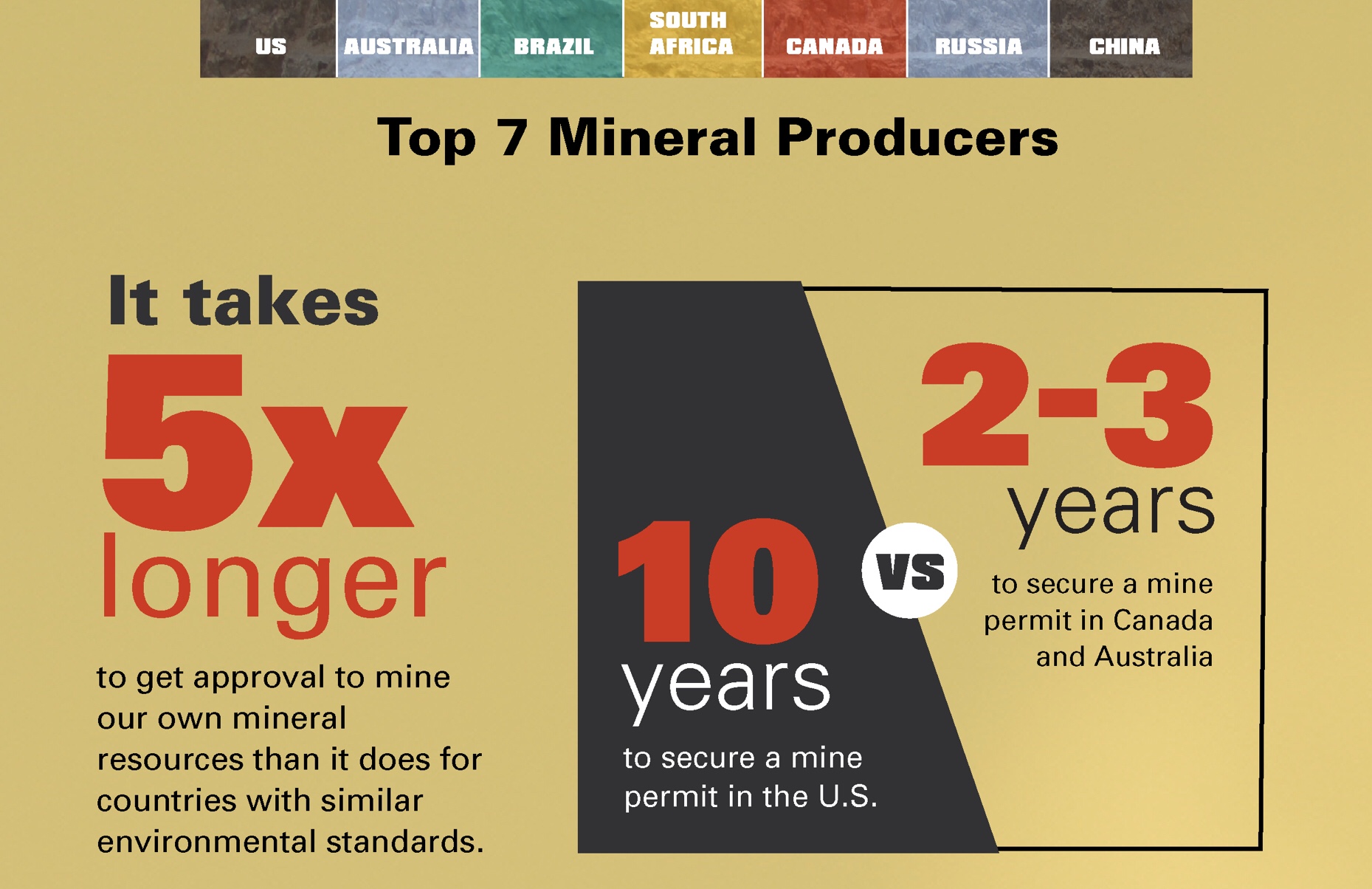In the latest installment of his “Critical Minerals Alaska” series for North of Sixty Mining News, Shane Lasley zeroes in on Titanium – an “abundant element that has become an important industrial commodity only within the past 150 years,” according to USGS.
As Lasley writes, “Titanium conjures images of the durable and lightweight metal used to build aircraft, replacement hips, high-end bicycle frames and even quality golf clubs.” And while its strength and durability are probably the metal’s main properties followers of ARPN have come across on our blog (specifically as part of the light-weighting revolution, Titanium is different from other metallic elements “in that it is mined primarily to satisfy demands for a chemical product – titanium dioxide for pigment – rather than for the metal itself,” as USGS has pointed out. High on the refractive index, Titanium oxide is able to impart durable white color to paint, paper, plastic, rubber, and wallboard.
The metal is considered a “critical and strategic mineral because of the unique properties of both titanium metal (and its alloys) and TiO2 pigment.”Writes USGS:
“There are no completely satisfactory substitutes for titanium, especially titanium metal (Towner and others, 1988). Titanium metal’s combination of corrosion resistance, excellent weight-to-strength ratio, and very high melting point is not found with other metals. Substitutes for TiO2 pigment, such as zinc oxide, lithopone (a mixture of barium sulfate and zinc sulfide), and calcium carbonate, generally result in an inferior product and are less environmentally safe.”
From a defense perspective, however, it is the metal’s light weight, strength and durability coupled with its alloying capabilities that make it indispensable. As Lasley points out:
“In addition to being lightweight and strong on its own, titanium alloys with aluminum, iron, nickel, molybdenum, vanadium and other metals – which makes it ideal for a wide array of aircraft parts and military equipment.
The airframes, landing gear and fasteners used in many commercial and military aircraft today are made from titanium or a titanium alloy.
The ability to withstand temperatures from subzero to above 1,100 degrees Fahrenheit, also makes titanium an increasingly useful metal for jet engine parts.”
Meanwhile, the U.S. only accounts for roughly 4 percent of global production of Titanium minerals and is “heavily dependent” on imports to meet domestic needs, with net import reliance for Titanium mineral concentrates pegged at 91 percent for 2017.
As Lasley argues, “the sparse quantities of titanium mined in the United States, however, belies the amount of resource found here.”He continues:
“Rich deposits of this critical mineral are found along the East Coast of the United States, a region known as the eastern North America titanium province. The deposits in this province extend from New York to the Gulf of Mexico, with the bulk of the resource in this highly populated region found in heavy-mineral concentrations in beach, bar, dune, and stream sands along the Atlantic and Gulf.
In total, about 111.9 million metric tons of titanium dioxide has been identified in 20 U.S. states.
Alaska is not among the 20 states that report a titanium resource but that could soon change. This is because Alaska Mental Health Trust, which was granted 1 million acres of land to earn money to provide mental health care in the state, is exploring titanium enriched beach sands along the Gulf of Alaska coast.”
While there are opportunities to reduce our reliance on foreign Titanium imports, whether or not we can harness them will depend on whether policy makers make the necessary policy changes to create a framework that favors domestic resource development.
The inclusion of Titanium in DOI’s list of 35 metals and minerals deemed critical from a U.S. national security perspective, as well as the fact that Titanium is mentioned in the recently-released Defense Industrial Base report as an important material for military aircraft only underscore the urgency of the situation.





